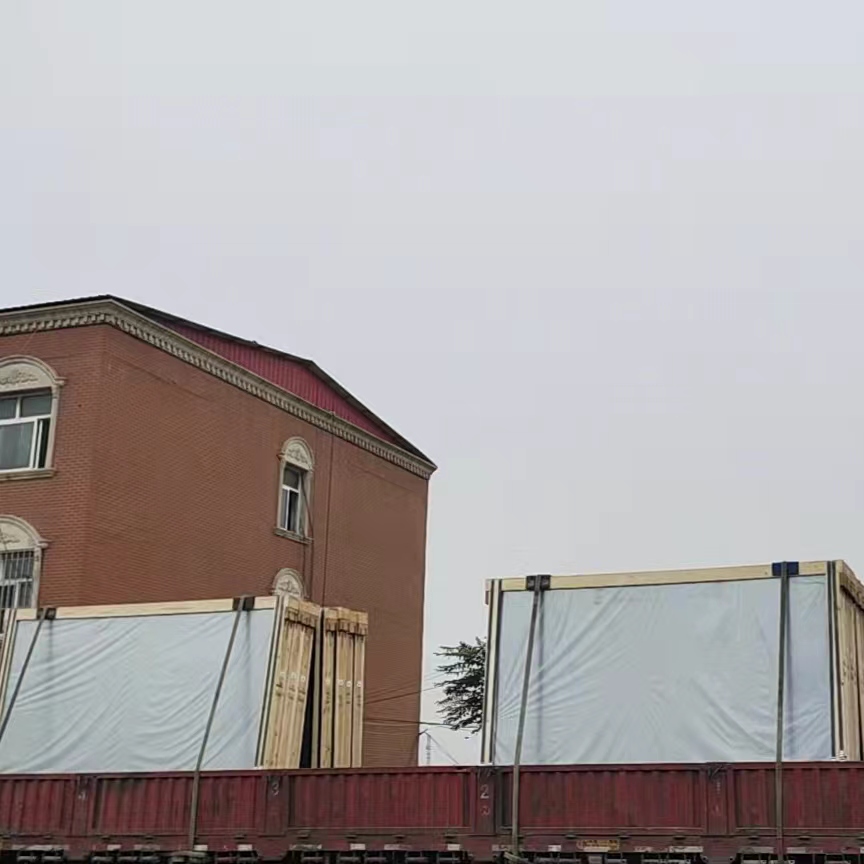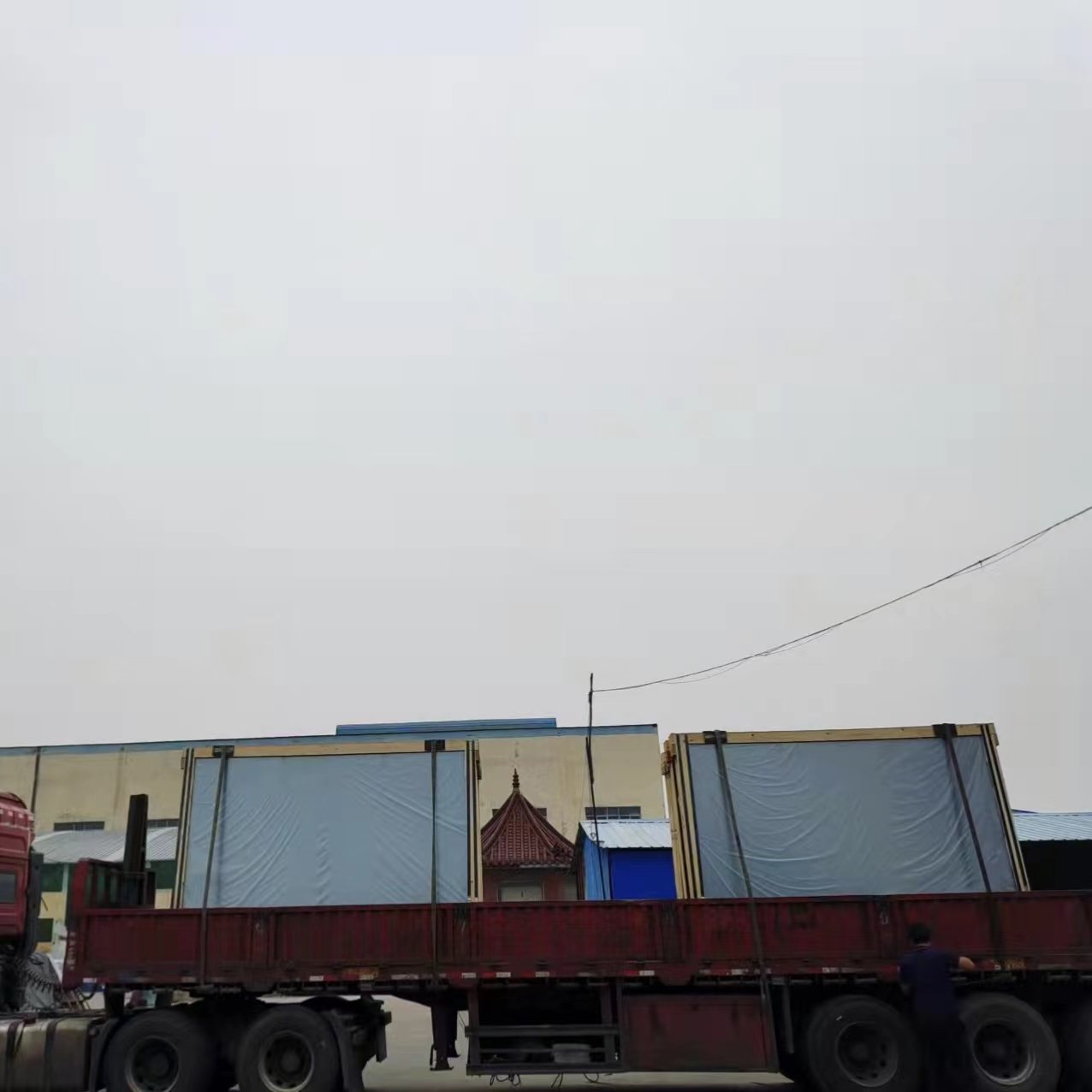First, the development of glass
1. Origin of Chinese glass
The time of the appearance of Chinese glass is generally later than the time of the appearance of world glass.
Ancient Chinese ancestors developed primitive porcelain around the late Shang Dynasty, about 2,000 years after Mesopotamians used the roll-core method to make glass. According to current research, the earliest glass in China appeared in Xinjiang region. On the question of whether glass is created in China, the most common view is that Chinese glass was first imported from West Asia and appeared in China as a luxury product. The conclusion that homemade glass in China should appear in the late Warring States period is derived from the glassware unearthed in the tombs of Hunan and Hube
In ancient China, glass was also called liuli. During the Han Dynasty, due to the import of a large number of glass ware from West Asian civilization, the number of homemade glass ware in China was once reduced or integrated with exotic elements, and this cultural co-prosperity situation was improved in the Sui and Tang dynasties, during which many exquisite blown glass in Chinese traditional style was born. In the Song Dynasty, a large number of glassware were imported from Arab countries into China, and the glassware full of exotic customs blossomed everywhere on the land of the motherland, forming a splendid scene of the integration of Chinese and Western cultures. It is worth mentioning that although a large number of exotic glassware was introduced into China, there are still significant differences between ancient Chinese glassware and international glassware. In addition to the differences in style, the greater difference between ancient Chinese glassware is the composition of the glass. At that time, the main composition of glass in West Asia civilization was sodium-calcium silicate substances, while China used potassium oxide (extracted from plant ash) as a flux, which led to a significant difference in the material of Chinese ancient glass and Western glass.
Second, the application of glas
Into modern times, the application of glass is more extensive. Modern glass can be simply classified into flat glass and special glass. Flat glass is mainly divided into three types: lead-up flat glass (divided into two kinds of groove/no groove), flat drawing flat glass and float glass. These kinds of glass have their uses in the architectural decoration industry, the automotive industry, the art industry and even the military. According to the different composition, glass can be divided into quartz glass, high silica glass, lead silicate glass, sodium calcium glass, aluminum silicate glass, borosilicate glass, potassium glass and so on. All kinds of glass have their own uses, such as sodium-calcium glass can be used in the manufacture of flat glass, glassware and light bulbs; Lead silicate glass is used as a vacuum tube core because of its high metal wettability, and is also used to block rays because lead can block radioactive substances. Borosilicate glass is the first choice for chemical experimental glass because of its high strength and corrosion resistance.
Third, the future of glass
1. Future prospects of artistic glass and decorative glass
One of the major areas of contemporary glass applications is artistic glass and decorative glass. Glass has got rid of the early pursuit of practical shackles, began to beautify the development. After the glass studio mushroomed in large numbers, more and more exquisite glass products began to emerge, glass candlesticks, glass ornaments, glass statues and even large colored glass statues. The objects involved in art glass are as large as cars, buildings, garden sculptures, and as small as watch dials, mirror frames, and mobile phones. Glass can also be used as rhinestones to replace expensive diamonds, and the “diamonds” seen on trinkets today are actually mostly colorful rhinestones made of glass.
For the future development of art glass, I personally suggest the following:
1. Artistic glass and decorative glass should pay attention to inspiration and creativity, adhere to unique creative design, and bring people a visual feast.
2, optimize the raw material structure of art glass, reduce the cost to expand the output of art glass.
3, formulate industry standards, so that art glass can be more standardized design and production, to avoid raw material pollution and other phenomena.
4, in the production process of art glass and decorative glass into the high-tech, so that glass manufacturing technology to a new level, better promote industrial development.
The multi-functional and composite of art glass and decorative glass is to meet the requirements of The Times, such as the decorative glass prepared by combining solar cells with colored glass curtain walls can not only use solar energy but also be used as a non-load-bearing wall, but also play a decorative role, killing two birds with one stone
2. Special Glass
Special glass is widely used in instrumentation, military, medical, electronics, chemistry, construction and other fields, each has its own characteristics. Such as tempered glass (strength coefficient is large, not easy to break, even if broken will not form sharp particles to harm the human body), patterned glass (opaque, often used in places requiring opaque treatment, such as toilets), wire glass (often used in the construction industry, not easy to break when impacted), insulating glass (sound insulation effect is good), bulletproof glass (high strength glass, glass, etc.) Can low bullet, guarantee safety) and so on.
In addition, various new types of glass formed by incorporating different chemical substances also have a wide range of application prospects. Including the previously mentioned high silica glass, lead silicate glass, sodium calcium glass, aluminum silicate glass, borosilicate glass, potassium glass, etc., now the attention of the new glass and iron foundation glass. Ferrous glass is a kind of amorphous material mainly made of metal materials, and there are no crystal defects such as surface, position and point. It has excellent properties such as high elasticity, high strength, corrosion resistance, impact resistance, cold and heat resistance, etc., and has broad application prospects in oil and gas development.
Post time: Oct-07-2023














